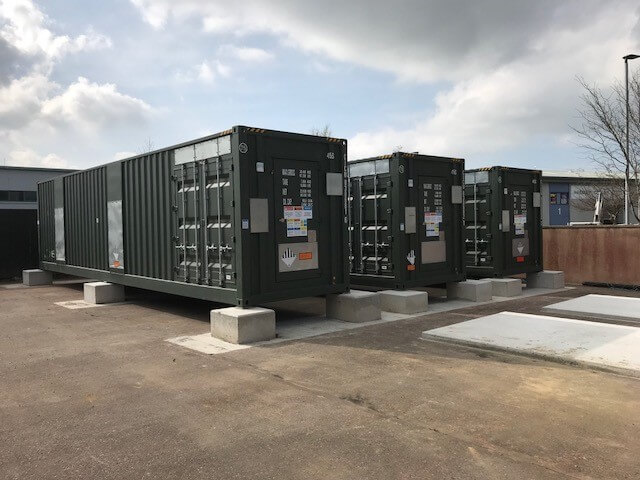Flexitricity’s virtual power plant has hit a new milestone, with more than 500MW of capacity under management.
The VPP can be used by National Grid ESO and Distribution Network Operators to help balance fluctuations in demand and supply, helping to ensure security of supply.
A site offering 15MW of turn-down for National Grid’s new Operational Downward Flexibility Management service has tipped it over the 500MW mark. The new tool has been used by National Grid numerous times throughout the lockdown, as demand has hit record low levels while renewable generation has soared.
Dr Alastair Martin, chief strategy officer at Flexitricity, said breaking through the 500MW threshold was a “big moment” for the team.
“The last 12 months have been our most successful so far. This demonstrates that there is a huge opportunity for flexible energy users and generators to help the National Grid meet the energy demands of the UK, and to earn from doing so.”
Flexitricity has seen a number of key milestones in recent months, including becoming the first Virtual Lead Party to trade in the Balancing Mechanism since the wider access agreements were brought in.
It signed an optimisation with Gresham House Energy Storage Fund for its 50MW/75MWh Thurcroft site in May, which it can now use in the Balancing Mechanism.
Martin continued on to highlight the importance of the UK’s net zero by 2050 target in driving the need for flexibility.
“Reducing emissions is one thing; committing to eliminate them is quite another. While Flexitricity has been pioneering demand-side flexibility, we’ve seen huge progress right across clean energy. The technologies and systems are now ready to take us to net zero. In particular, by coupling energy efficiency with flexibility, the UK will be able to electrify heat and transport, put green energy to work in British businesses and keep the lights on in a net zero future.
“We expect to see further dramatic growth in the demand response industry throughout this period of change as energy users, distributed generation and battery storage increasingly come together to support the grid and help the UK reach its emissions targets.”
In December 2019, the company welcomed a new CEO, Simon Heyes, who it said would lead the flexibility company as it “trailblazes a new age”.






